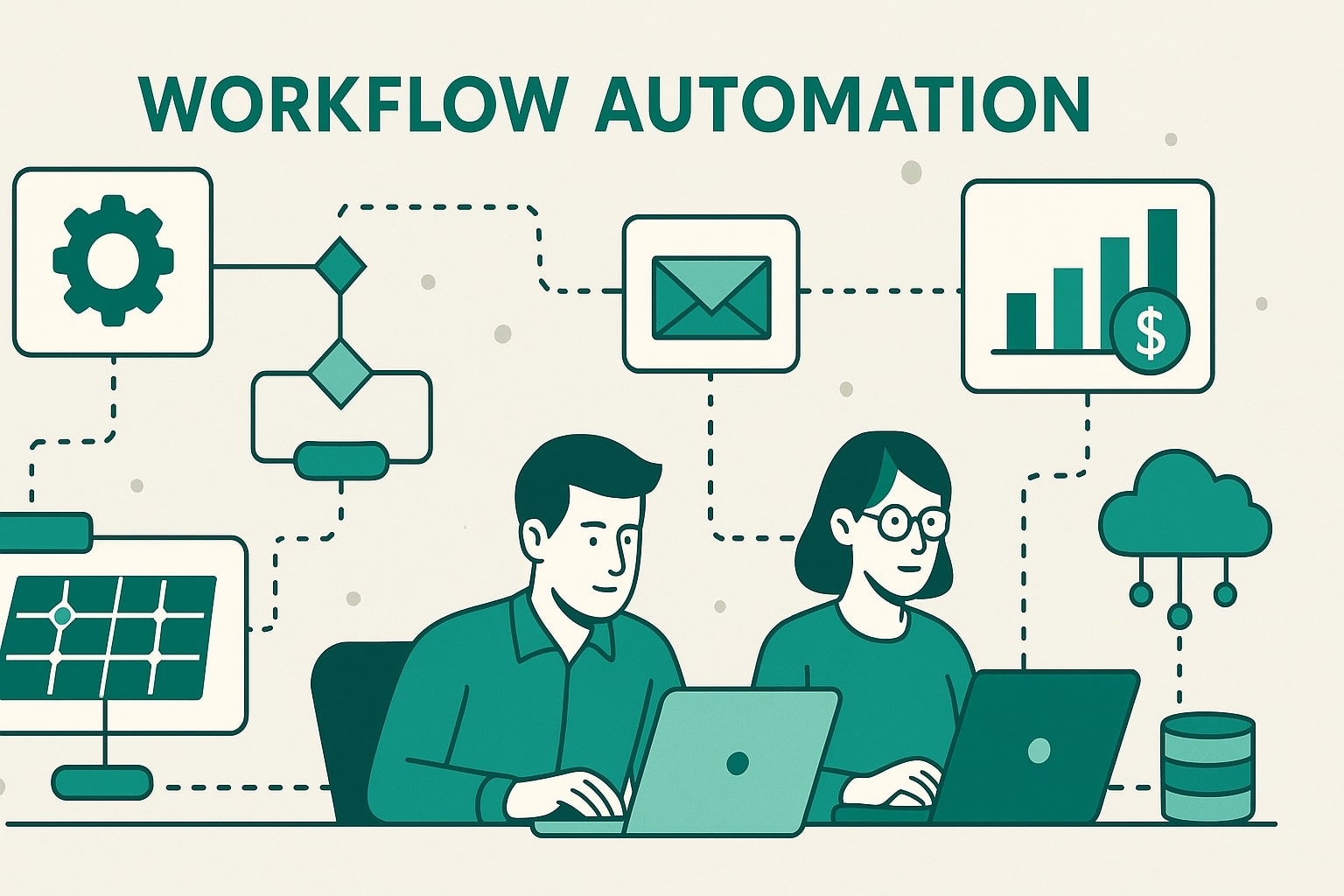The Hidden Cost of Manual Processes
Why manual processes are costing your business more than you think. The real math behind time, errors, and opportunity costs.
XenoSoft Team
Business Analysts

Last week, a client asked me a question that stopped me in my tracks: "How much is this manual process actually costing us?"
I started to give him the obvious answer – the hourly rate of the person doing the work. But then I realized that's only about 20% of the real cost. The other 80% is hidden, and it's killing businesses without them even knowing it.
Let me show you the real math behind manual processes and why they're so much more expensive than they appear.
The Visible Cost (What You See)
This is what most business owners calculate when they think about manual processes:
Example: Your manager spends 10 hours per week on inventory management.
- Manager's hourly rate: $25
- Hours per week: 10
- Weekly cost: $250
- Annual cost: $13,000
That's the visible cost. $13,000 per year. Not terrible, right? Wrong. That's just the beginning.
The Hidden Costs (What You Don't See)
1. Error Costs
Manual processes are error-prone. Studies show that manual data entry has a 1-3% error rate. In our inventory example, that means:
- Wrong quantities ordered (overstocking or stockouts)
- Incorrect pricing due to data entry mistakes
- Lost sales from inventory discrepancies
- Customer complaints from out-of-stock items
The average cost of these errors? About 2-5% of total revenue. For a $1M business, that's $20,000-$50,000 per year.
2. Opportunity Costs
While your manager is doing manual inventory, they're not doing other important things:
- Training and developing staff
- Improving customer service
- Finding new suppliers or negotiating better deals
- Analyzing sales data to identify trends
- Planning for growth and expansion
These activities could easily generate 10-20% more revenue. For a $1M business, that's $100,000-$200,000 in missed opportunities.
3. Stress and Turnover Costs
Manual processes are stressful. They're boring, repetitive, and error-prone. This leads to:
- Higher employee turnover (costs 50-200% of annual salary to replace someone)
- Lower job satisfaction and productivity
- Increased sick days and burnout
- Difficulty attracting top talent
The cost of replacing a $50,000 manager? $25,000-$100,000. And that's if you can find someone good.
4. Scalability Costs
Manual processes don't scale. As your business grows, the time spent on manual tasks grows linearly. If you double your business, you double the time spent on manual processes.
This means you either:
- Hire more people to do the same manual work (expensive)
- Work longer hours yourself (unsustainable)
- Let quality slip (damages your reputation)
The Real Math
Let's add up the real cost of that 10-hour-per-week manual inventory process:
Total Annual Cost of Manual Process:
- Direct labor cost: $13,000
- Error costs (3% of revenue): $30,000
- Opportunity costs (15% of revenue): $150,000
- Turnover costs (every 2 years): $25,000
- Total: $218,000 per year
That's not a typo. A simple 10-hour-per-week manual process is costing this business $218,000 per year. The visible cost is only 6% of the total.
The Automation Alternative
Now let's look at what it would cost to automate this process:
Cost to Automate:
- Custom automation system: $15,000 (one-time)
- Setup and training: $5,000 (one-time)
- Annual maintenance: $3,000
- Manager oversight (2 hours/week): $2,600
- Total first year: $25,600
- Annual cost after year 1: $5,600
So the automation pays for itself in about 1.5 months and saves $212,400 per year after that.
The Bottom Line
Manual processes are like icebergs – what you see is only a small part of the total cost. The real costs are hidden below the surface, and they're massive.
If you're still doing manual processes in your business, you're not just wasting time – you're throwing away hundreds of thousands of dollars every year.
The question isn't whether you can afford to automate. The question is whether you can afford not to.
Ready to Calculate Your Hidden Costs?
Let's analyze your manual processes and show you exactly how much they're costing your business. You might be surprised by the numbers.
Get Your Cost Analysis